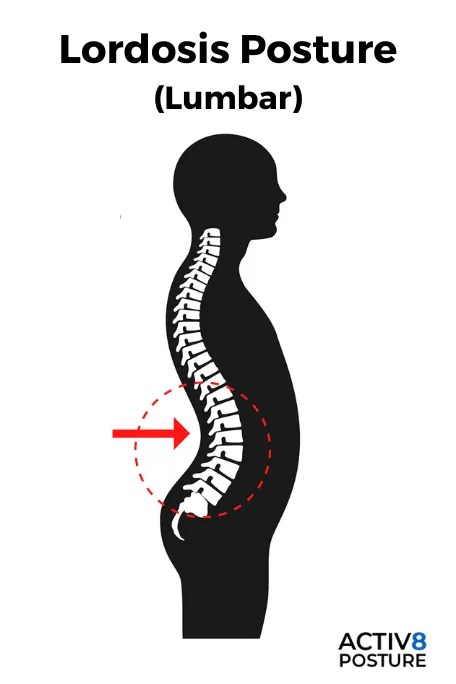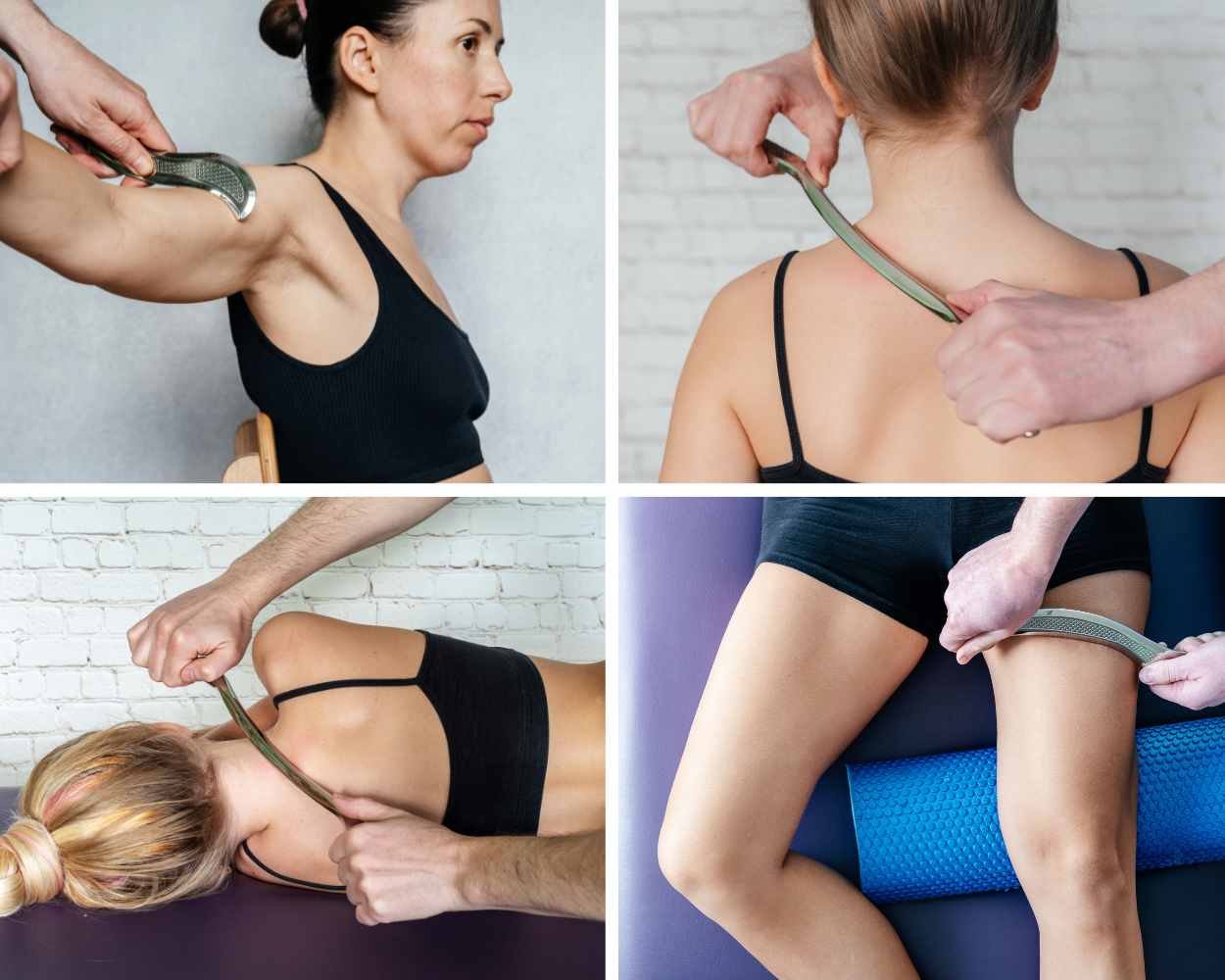Expert Lordosis Treatment in Vadodara
Correct excessive spinal curvature, relieve chronic pain and improve posture with specialized chiropractic care. Comprehensive treatment for swayback and lumbar hyperlordosis.

Understanding Lordosis
Lordosis refers to an excessive inward curvature of the spine, commonly affecting the lumbar region
What is Lordosis?
Lordosis is a spinal condition characterized by an exaggerated inward curve of the lumbar spine (lower back). While some degree of lumbar lordosis is normal and necessary for shock absorption and proper biomechanics, excessive curvature can lead to pain, mobility issues, and postural abnormalities.
Normal vs. Excessive Lordosis:
- Normal Lordosis - 20-40 degrees of lumbar curvature for optimal spinal function
- Hyperlordosis - Excessive curvature beyond 40 degrees, causing postural issues and pain
- Hypolordosis - Reduced or flattened lumbar curve (less common)
Common Causes of Lordosis:
- Muscle imbalances - Tight hip flexors and weak core/gluteal muscles
- Poor posture - Prolonged sitting with anterior pelvic tilt
- Obesity - Excess abdominal weight pulling the spine forward
- Pregnancy - Temporary lordosis due to shifting center of gravity
- Congenital conditions - Developmental spinal abnormalities
- Compensatory patterns - Response to other spinal conditions like kyphosis
Proper diagnosis and targeted treatment can significantly improve lordosis and prevent long-term complications.

Types of Lordosis
Understanding different forms helps in developing targeted treatment approaches
Postural Lordosis
Most common type caused by poor posture, muscle imbalances, and lifestyle factors. Often reversible with proper treatment and exercises.
Congenital Lordosis
Present from birth due to abnormal spinal development. Requires early intervention and ongoing management throughout growth.
Traumatic Lordosis
Resulting from spinal injuries, fractures, or surgical procedures that alter spinal alignment and curvature.
Secondary Lordosis
Develops as compensation for other conditions like hip disorders, knee problems, or neurological conditions affecting posture.
Recognizing Lordosis Symptoms
Symptoms vary based on severity and underlying causes of the excessive curvature
Visible Postural Changes
Pronounced arch in lower back, protruding abdomen, and buttocks that appear more prominent. Often called "swayback" posture.
Lower Back Pain
Chronic discomfort in lumbar region, often worsening with prolonged standing, walking, or certain movements that stress the hyperextended spine.
Reduced Flexibility
Difficulty with forward bending, limited spinal mobility, and stiffness in the lower back and hip regions.
Nerve Symptoms
In severe cases, nerve compression can cause sciatica, leg weakness, numbness, or tingling due to narrowed spinal canals.
Understanding Muscle Imbalances in Lordosis
Lordosis typically involves specific patterns of muscle tightness and weakness
Tight Muscles
- Hip Flexors - Iliopsoas, rectus femoris
- Erector Spinae - Lower back extensors
- Quadratus Lumborum - Deep back muscle
- Tensor Fasciae Latae - Hip muscle
These tight muscles pull the pelvis into anterior tilt, increasing lumbar curve
Weak Muscles
- Gluteus Maximus - Primary hip extensor
- Abdominals - Especially transverse abdominis
- Hamstrings - Posterior thigh muscles
- Gluteus Medius - Hip stabilizer
Weak muscles fail to counterbalance the pull of tight muscles, allowing excessive curvature
Successful lordosis correction requires addressing both tight and weak muscle groups through targeted interventions
Our Lordosis Treatment Approach
Comprehensive chiropractic care to correct spinal curvature and restore proper alignment
Comprehensive Assessment

Postural Analysis
Detailed evaluation of spinal curvature from multiple angles, assessment of pelvic tilt, and identification of compensatory patterns.

Muscle Balance Assessment
Comprehensive testing of muscle strength, flexibility, and identification of specific tight and weak muscle groups contributing to lordosis.

Movement Pattern Analysis
Assessment of walking, bending, and functional movements to identify abnormal patterns that may be reinforcing the excessive curvature.
Our Treatment Methods

Spinal Adjustments
Specific chiropractic adjustments to improve spinal alignment, reduce joint restrictions, and facilitate proper curvature restoration.

Myofascial Release
Targeted soft tissue techniques to release tight hip flexors, lower back muscles, and restore proper muscle balance around the pelvis and spine.

Instrument-Assisted Therapy
Advanced techniques using specialized instruments to break down fascial restrictions and scar tissue in chronically tight muscle groups.

Corrective Exercise Program
Customized exercises to strengthen weak core and gluteal muscles while stretching tight hip flexors and lower back muscles.

Postural Re-education
Training in proper sitting, standing, and movement patterns to reinforce correct spinal alignment and prevent recurrence.

Ergonomic Optimization
Workplace and lifestyle recommendations to support proper spinal alignment during daily activities and reduce stress on the lumbar spine.
Patient Success Story
Real results from our lordosis correction program
"I had struggled with chronic lower back pain and a noticeable 'swayback' posture for years. As an office worker who sat most of the day, my condition kept worsening. At Spine-X Clinic, Dr. Chandresh identified significant muscle imbalances - extremely tight hip flexors and weak glutes and core muscles. The comprehensive treatment plan included chiropractic adjustments to improve my spinal alignment, targeted stretching for my tight muscles, and specific strengthening exercises. Within two months, not only did my pain disappear, but my posture transformed completely. Friends and family noticed the difference immediately. I now have the tools to maintain proper alignment and continue my active lifestyle pain-free."
- 32-year-old professional from Vadodara (Lordosis Correction Success)
Home Management & Prevention Strategies
Daily practices to support lordosis correction and prevent recurrence
Targeted Stretching
Daily stretching of hip flexors, quadriceps, and lower back muscles to reduce tightness and allow proper pelvic alignment.
Core Strengthening
Regular exercises targeting transverse abdominis, obliques, and deep core muscles to provide spinal support and stability.
Proper Sitting Posture
Use lumbar support, avoid crossing legs, and take regular standing breaks to prevent hip flexor shortening and pelvic tilting.
Sleep Positioning
Sleep on your side with a pillow between knees or on your back with a pillow under knees to maintain neutral spinal alignment.
Weight Management
Maintain healthy body weight to reduce forward pull on the spine from excess abdominal weight.
Proper Footwear
Wear supportive shoes and avoid high heels that can alter pelvic alignment and increase lumbar curvature.
Ready to Correct Your Spinal Curvature?
Book your comprehensive lordosis assessment today and start your journey to better posture and pain-free movement
Comprehensive Correction Approach
Integrated chiropractic care combining spinal adjustments, muscle rebalancing, and postural training to effectively address the root causes of lordosis